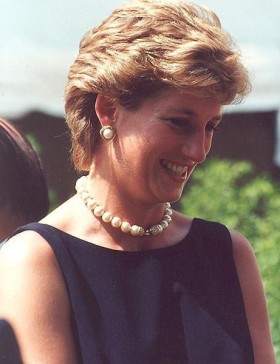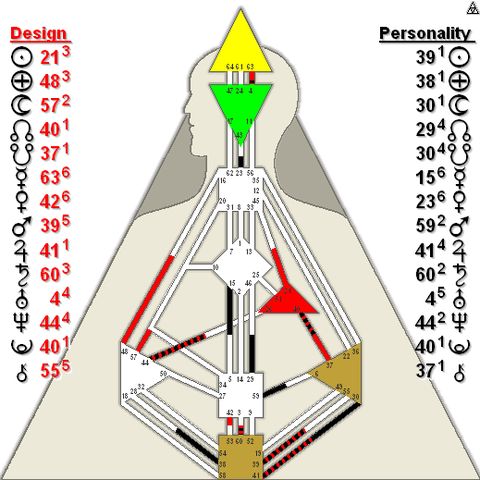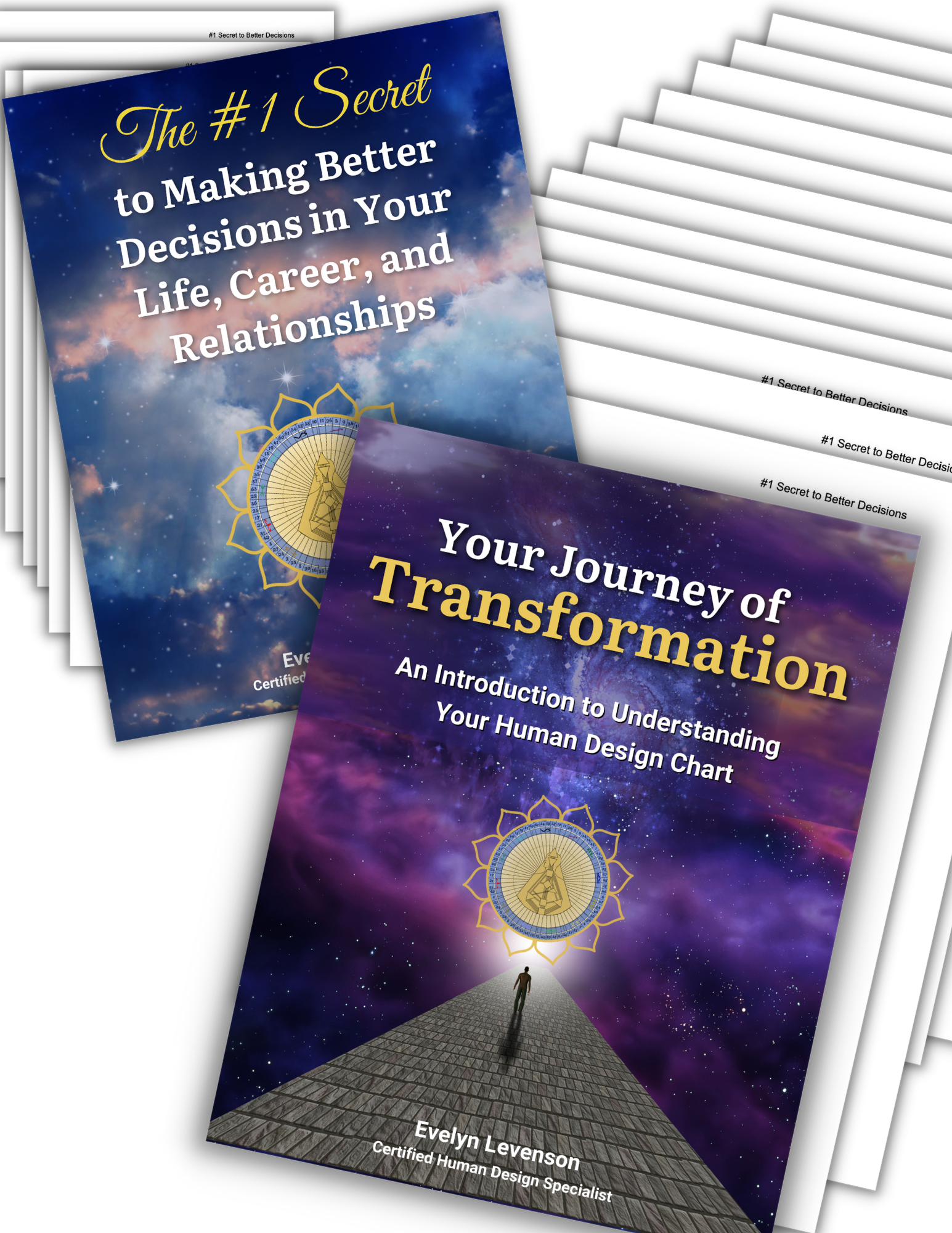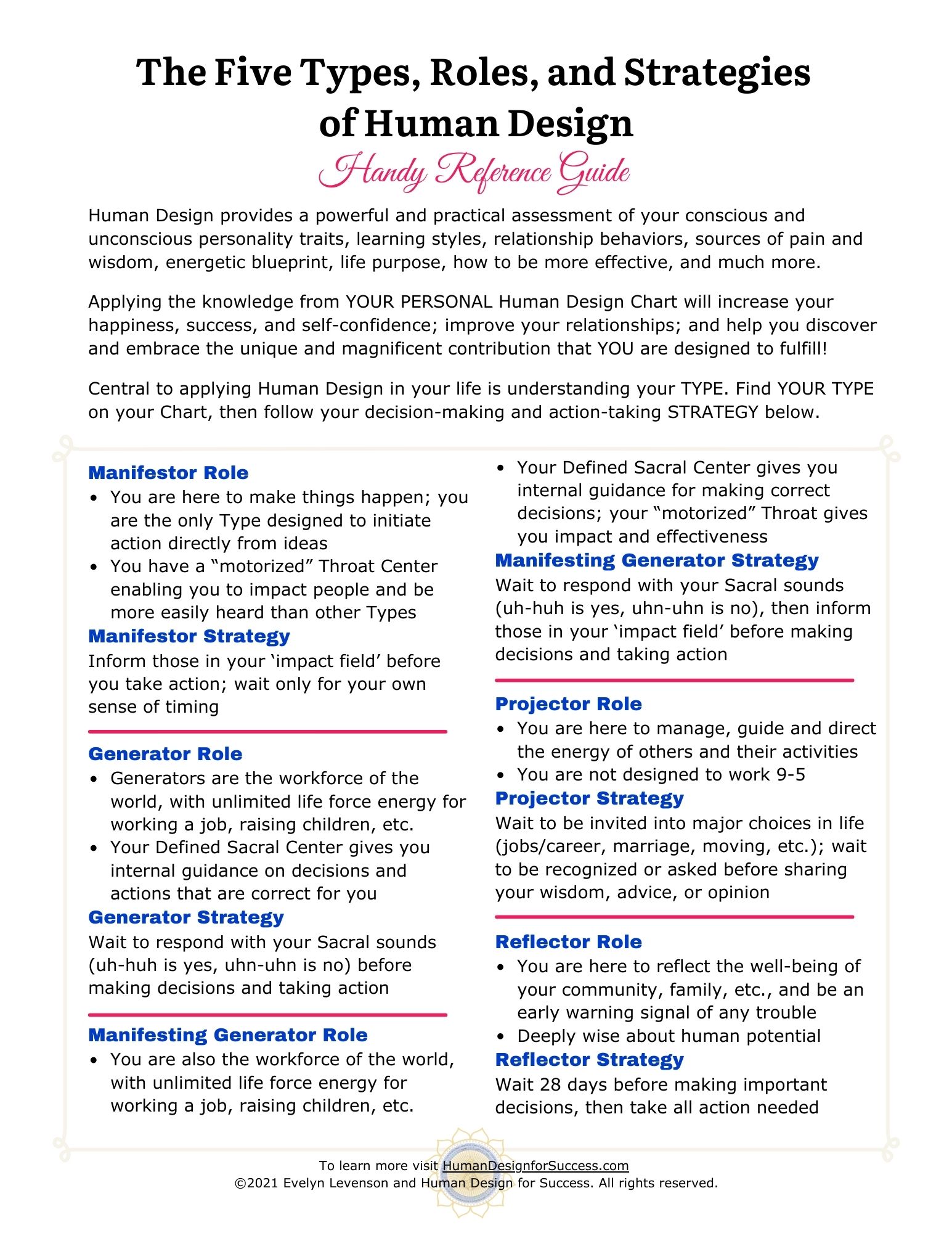Here is a brief look at a celebrity’s Human Design chart using just a few of many aspects and layers of a chart. Our purpose here is to give you just a partial glimpse, through Human Design, into this person’s energy dynamics.
Diana, Princess of Wales
Birth: July 1, 1961 at 7:45pm in Sandringham, England
Death: August 31, 1997
 Background
Background
The world was fascinated with her since she entered the public eye at age 19, and has long mourned her death. Known affectionately across the globe as Princess Di, she was born Diana Frances Spencer to a family of British royal lineage.
She was shy as child, and enjoyed ballet, piano and outdoor activities more than academics as a student. She seemed to have deep caring for others early in life, enjoying visiting the injured and handicapped in hospitals, and later showing a natural skill in working with children.
Her storybook romance and wedding with Prince Charles in 1981 (she was 20; he was 33) was sadly troubled from the start. He was under pressure to find a suitable bride and she “qualified.” The intense public scrutiny was hard on her at first as she wasn’t yet self-confident and secure in who she was. Charles was apparently not very supportive on that score… which didn’t help.
Their two sons were born in 1982 and 1984, and Diana was always a devoted mother despite her hundreds of appointments and public appearances every year.
Although she showed a brave face and stepped into her royal duties with outward grace and charm, in private she reportedly was sometimes depressed, moody, emotionally unstable, even suicidal, and suffered from bulimia/anorexia.
But with her natural instincts to relate to others with “genuine empathy,” and her growing sense of self and style, her public popularity soon eclipsed Charles’. She became known as “the people’s princess.” She was also an enthusiastic and effective fundraiser for charities and causes around the world.
In 1988 she undertook a personal makeover with new hairstyle and clothes, and a healthier personal regimen. But her relationship with Charles continued to deteriorate and eventually each admitted publicly to extramarital affairs.
In 1996 their rocky marriage ended in divorce. She retained the title of Princess of Wales because her sons are heir to the British throne. She withdrew from public life for a while, continued devoting herself to raising the boys, and began building a private life for herself.
She continued to seek the love and camaraderie in a mate that had been elusive for her. But she was reportedly possessive and controlling in her relationships, so nothing lasted and she was heartbroken more than once—although not having her love returned by Charles was perhaps the most damaging to her self-esteem and spirit.
In mid-July 1997 she met Dodi Al Fayed and began her whirlwind love affair with him. Both their lives ended tragically in a car accident in Paris on August 31, 1997. She was 36.
Her Chart
How can we make sense of this beautiful and gracious lady with such a troubled personal life? With the anniversary of her death coming up in August, let’s look at just a few of the clues and understandings we find in her Human Design chart.
Type and Strategy
First, Diana was a Projector. By design, she did not have sustainable energy. The frequent travel, constant demands on her time, and always having to present a regal public persona must have been exhausting to her at times.
She did have three motors (the Defined Will, Solar Plexus, and Root centers—the three colored geometrical shapes on the bottom half of her chart), which is the most a Projector can have. So that gave her greater energy capacity than most Projectors, but it all probably took a heavy toll on her.
She was “invited” by Charles to marry him and she was enamored with him at the time, so for her it was a correct beginning to the relationship. But as their marriage went from strained to sour, the energy for her from that invitation would have long disappeared.
She seemed to take in energy from others during her royal functions and there were undoubtedly many invitations in her role as Princess that she enjoyed, but she also had many duties and obligations and was probably not allowed to refuse many.
Emotional Authority
With her Emotional Solar Plexus Center defined by two channels, she would naturally have had noticeable emotional ups and downs. Perhaps Charles, with his open Solar Plexus, was uncomfortable with that and didn’t know how to handle her emotions and passions.
Her young and fragile ego at the beginning of their marriage would have been deeply hurt by his lack of attention, affection and supportiveness. Plus, the strain of adapting to constant public scrutiny gave her little respite.
She probably didn’t realize that she needed to wait through her emotional wave before leaping into things, especially later when looking for the affection that was missing in her life. The “3” in her 1/3 Profile would have spurred a “love at first sight” approach, making it challenging for her to wait.
Open Centers
Her Open Throat Center would have heightened her normal ‘Projector need’ for attention and recognition, and her Open Identity Center accentuated her deep longing for reassurance that she was lovable—both of which were probably quite foreign to Charles. He is a Generator with seven defined centers—only his Head and Solar Plexus Centers are open. Plus, he probably wasn’t used to others needing anything from him.
On the positive side, she could speak for others with her Open Throat and communicate very effectively when asked or recognized (Oprah Winfrey has an Open Throat, too). Her Open Identity Center let her take people in at a soul level—giving her the easy connection and compassion she was famous for.
Her Open Spleen Center would have loved being around Charles’ Defined Spleen and would have made their breakup all the more painful for her.
Her Open Sacral Center gave her unlimited experience of others’ life force energy, including Charles’ Defined Sacral. The challenge of the Open Sacral is not knowing when enough is enough. Not only could she keep pushing with amplified Sacral energy, but her Gate 39 in the conscious Sun—the energy for provocation—likely gave that pushing a bit of an edge. She mostly kept that aspect of herself private, but I have little doubt that it was there.
Electromagnetics
She and Charles had only one electromagnetic between them (where each person’s chart brings a defined Gate energy that together complete a Channel). She had the Gate 38, the Fighter, and he has the Gate 28, Struggle. As an electromagnetic, this Channel can mean that the couple can be united in their struggle to find meaning in the world, or they can struggle against each other (the low expression).
Defined Channels
Lastly, let’s look at how Diana’s Defined Channels influenced and shaped her life.
63-4 Channel of Logic
The doubt and suspicion in this channel are intended for ideas and answers—to test them. But the low expression if this energy can turn it to self-doubt and suspicion against others. Her damaged self-confidence was gradually mended by her phenomenal popularity but she never forgave Charles for his rejection of her.
37-40 Channel of Community
This channel blends the love of peace and harmony in family and community (37) with the perception of aloneness and being on the outside looking in (40). This energy has a powerful focus on agreements, in particular the marriage agreement. It is tribal energy but breakups are felt at a deeply personal level as well. This energy along with her Gate 15, the love of humanity, forged her genuine commitment to helping charities and disadvantaged people all over the world.
41-30 Channel of Recognition (also called Fantasy and Desire)
This is creative and emotional energy, filled with fantasy, desire and intensity. It “amped up” her whole chart, amplifying her Defined emotions and willpower as well as the pain and confusion of her many Open Centers. It also intensified the provocation energy in her conscious Sun (Gate 39) and the control energy in her unconscious Sun (Gate 21).
Had she received in her marriage the love, attention and passion that she wanted and needed, she might have been more stable and fully expressed the highest of all her potentials. It’s so sad that she and Charles were not a happy match for each other.
There are so many more things I could say about Diana and her chart but I will stop here. I hope this has given you a new appreciation for the challenges and struggles in her life. May she rest in peace. I invite your comments.





Evelyn:
I am not emotionally defined myself but open. I don’t have that quality to consistently generate emotions from myself. I do, however, as an empath, make use of drama in order to reap the benefits of emotions since I am very sensitive to them. Waiting for certain situations in life to arise and responding to them from my gut in the moment enables me to experience a lot of energy. I’ve been practicing this in my private life and when no one is around. Waiting for the right emotional energy to come around and responding to it is like being a wizard who makes use of the right elements to work his magic.
Ray
Evelyn:
Sometimes as undefined emotional people we are told to avoid those who are defined. But I think I like what you probably were hinting at in one of your articles, though you did not say it forthright – if it right to be in relationship with a significant other who is defined emotionally it can be an enrichening experience for both. And armed with wisdom of Human Design I can really learn to love that other with truelly unconditional love, knowing that know matter where they are at on the emotional wave, no matter what the mood, they are “wonderfully and fearfully made”, that there is a lot of blessings that go with emotional definition. Even anger can be be seen “as just what is” instead of something negative and be transformed into constructive positive action or some other useful emotion.
Ray
Thank you. That is very helpful. I love the sensitive manner in which you describe the not-self of her open centers. It’s respectful en emphatic.